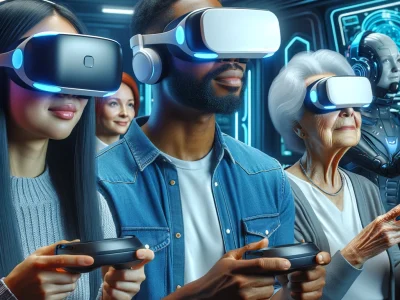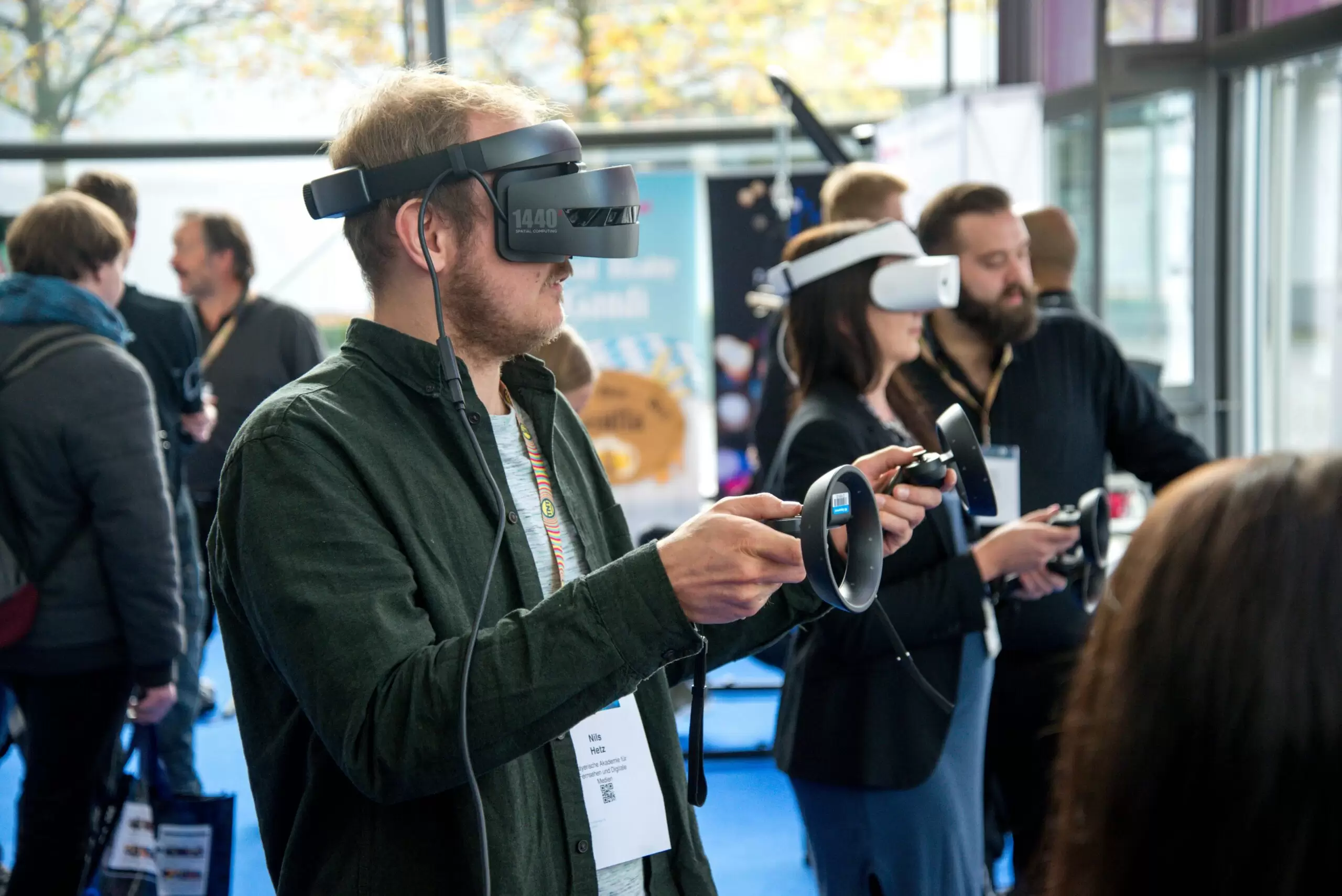
Advancements in virtual reality (VR) technology continue to push the boundaries of what’s possible, offering immersive experiences that blur the lines between the physical and digital worlds. Several advancements have propelled VR technology forward in recent years, revolutionizing industries and transforming how we interact with digital content. Here are five critical advancements in virtual reality that you need to know about.
1. Improved Graphics and Realism
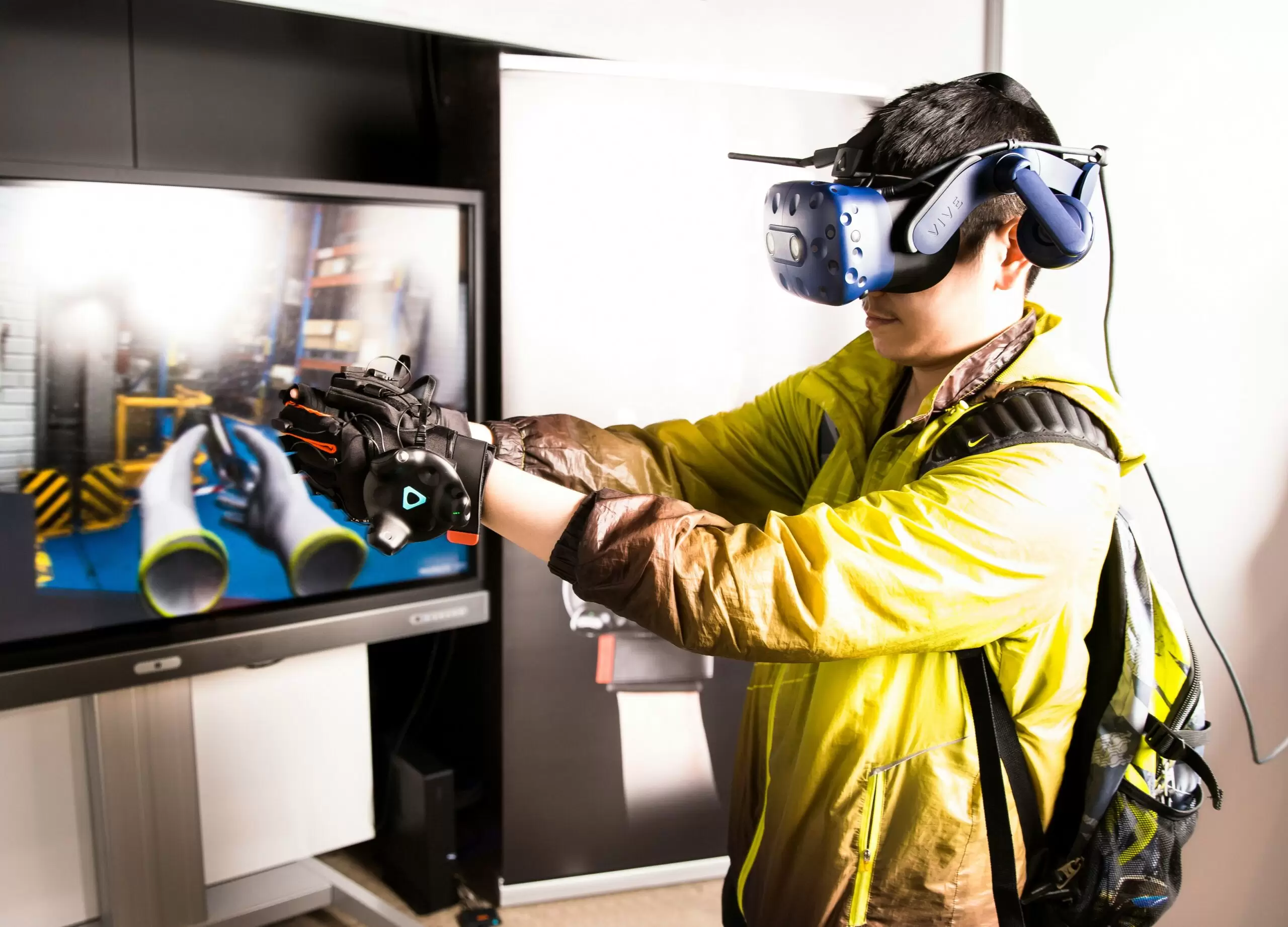
One of the most significant advancements in virtual reality is improved graphics quality and realism. With the development of high-resolution displays, advanced rendering techniques, and powerful graphics processing units (GPUs), VR experiences now offer stunning visual fidelity and lifelike environments. Users can immerse themselves in virtual worlds indistinguishable from reality, with vibrant colors, intricate details, and realistic lighting effects creating a truly immersive experience.
2. Enhanced Immersive Audio
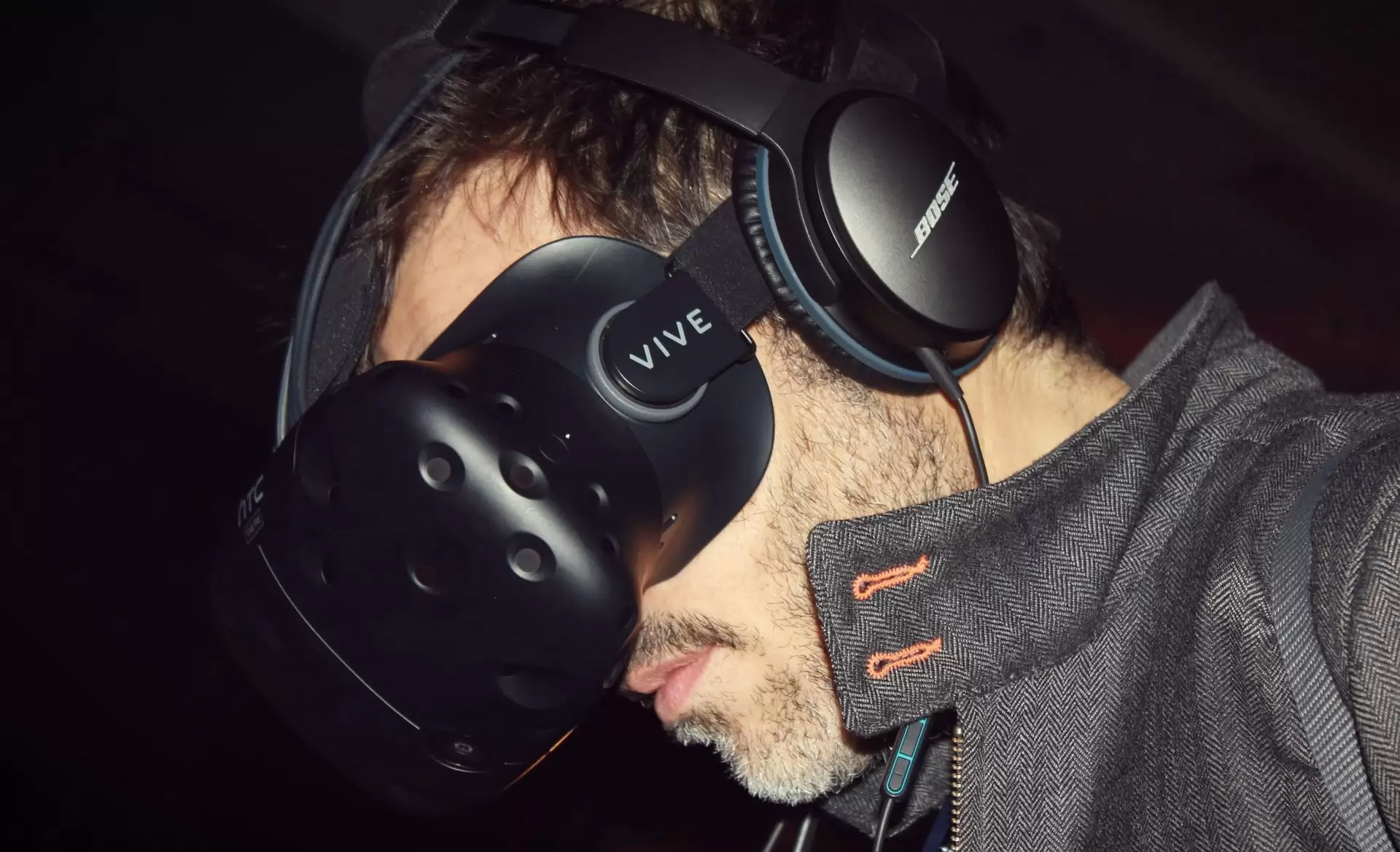
In addition to visual enhancements, virtual reality has seen significant advancements in immersive audio technology. Spatial audio techniques, such as binaural audio rendering and 3D sound processing, allow users to pinpoint the direction and distance of sounds within virtual environments. This creates a more immersive audio experience, where sound effects, music, and dialogue contribute to the overall sense of presence and realism. With realistic audio cues, users can feel immersed in the virtual world, enhancing the overall VR experience.
3. Wireless and Mobile VR

Wireless and mobile VR technology advancements have made virtual reality more accessible and convenient than ever before. With standalone VR headsets and smartphone-compatible VR devices, users can enjoy immersive experiences without being tethered to a computer or console. This portability allows for greater flexibility in how and where VR is experienced, whether at home, on the go, or in social settings. As wireless and mobile VR technology continues to improve, the barrier to entry for VR adoption steadily decreases, opening up new possibilities for widespread adoption.
4. Haptic Feedback and Sensory Immersion
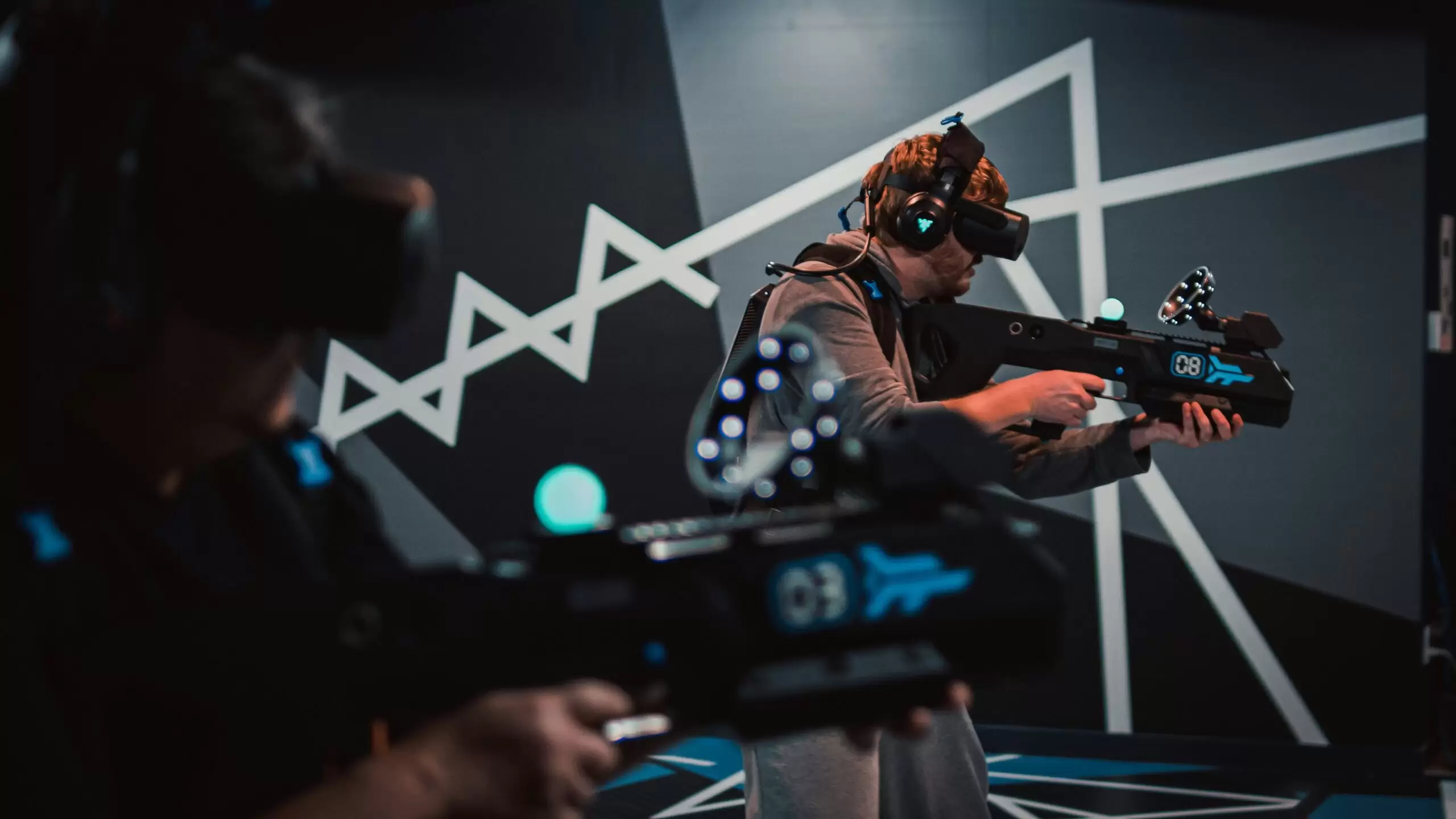
Haptic feedback technology is revolutionizing how we interact with virtual environments by providing tactile sensations and real-time feedback. Using haptic gloves, vests, and controllers, users can feel the texture of objects, experience vibrations, and sense physical interactions within virtual worlds. This adds a new dimension of immersion to VR experiences, allowing users to engage their sense of touch in addition to sight and sound. With haptic feedback, virtual reality becomes more engaging, interactive, and lifelike, enhancing the overall feeling of presence and realism.
5. Social VR and Shared Experiences
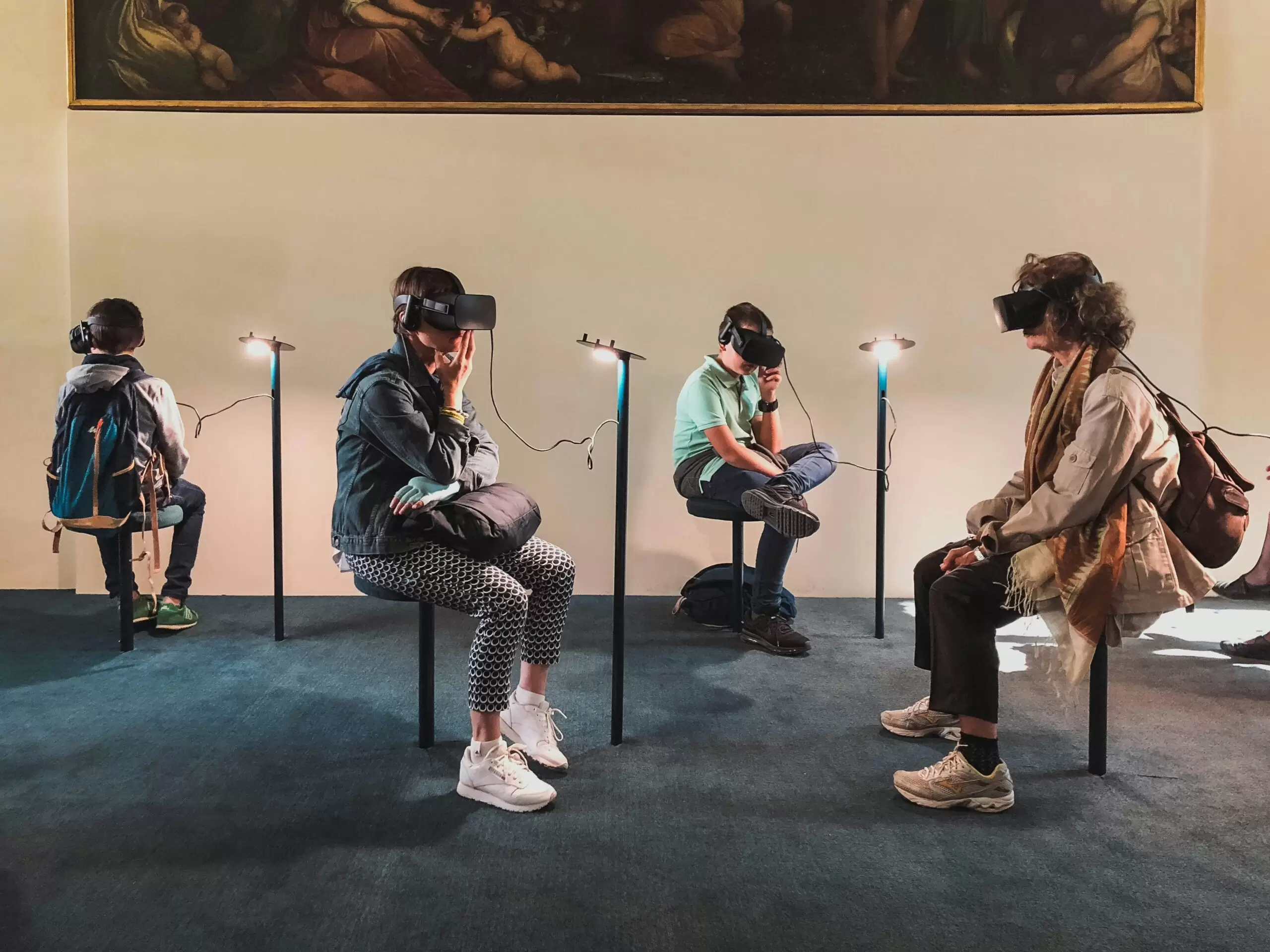
Virtual reality is no longer a solitary experience, thanks to advancements in social VR technology that enable shared experiences and virtual interactions with others. Social VR platforms allow users to connect, communicate, and collaborate in virtual spaces, from multiplayer games and collaborative workspaces to virtual social gatherings and events. This fosters a sense of community and belonging, enabling users to share experiences, explore virtual worlds together, and form meaningful connections regardless of physical distance. As social VR continues to evolve, it can reshape how we socialize, collaborate, and interact in the digital age.
Advancements in Virtual Reality are Moving Rapidly
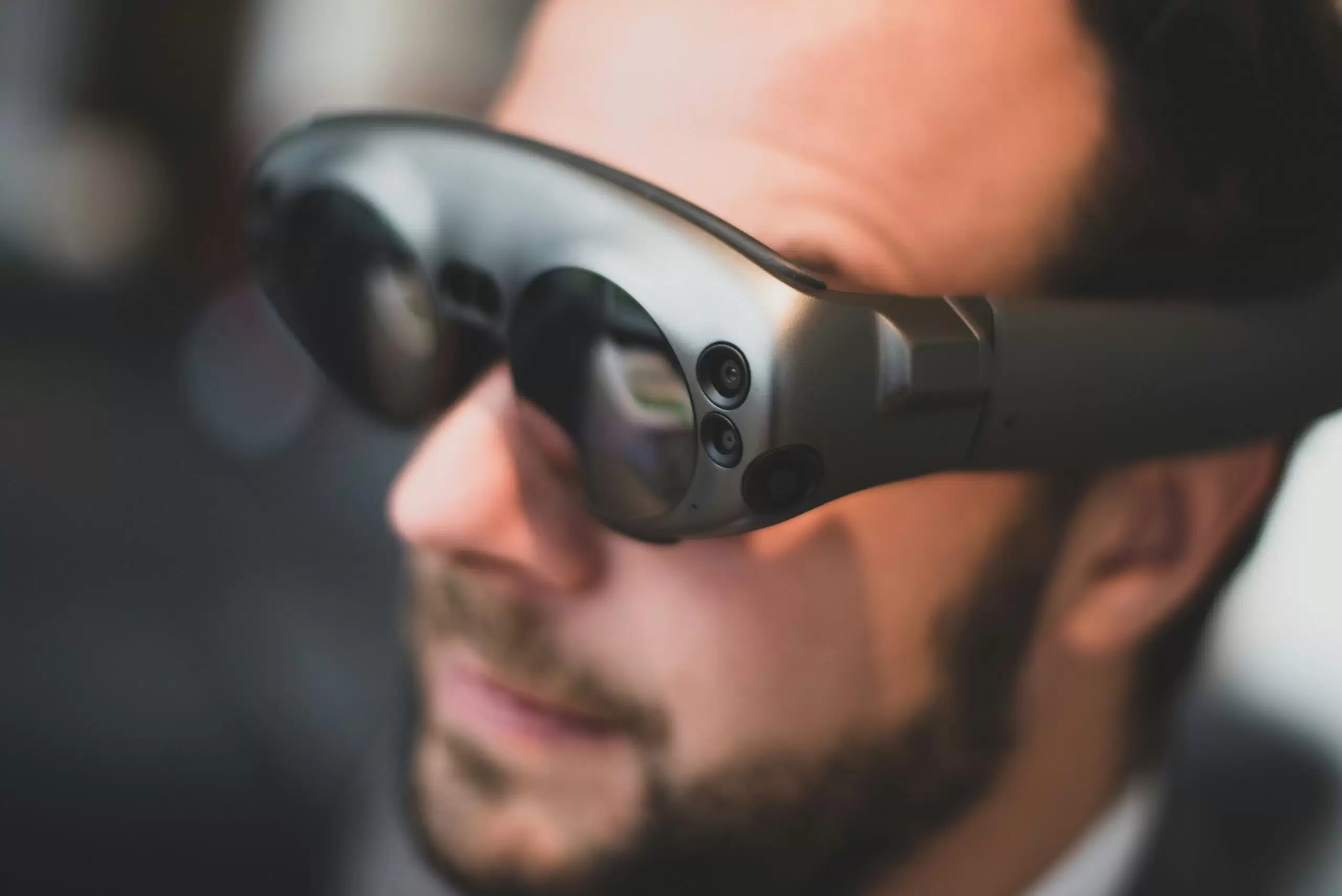
In conclusion, virtual reality technology is advancing rapidly, with innovations reshaping how we experience and interact with digital content. From improved graphics and immersive audio to wireless mobility and social interactions, these advancements are making VR more accessible, engaging, and transformative than ever before. As VR technology continues to evolve, the possibilities for immersive experiences are limitless, promising a future where the boundaries between the physical and digital worlds blur even further.

Drew Blankenship is a seasoned automotive professional with over 20 years of hands-on experience as a Porsche technician. While Drew mostly writes about automotives, he also channels his knowledge into writing about money, technology and relationships. Based in North Carolina, Drew still fuels his passion for motorsport by following Formula 1 and spending weekends under the hood when he can. He lives with his wife and two children, who occasionally remind him to take a break from rebuilding engines.



